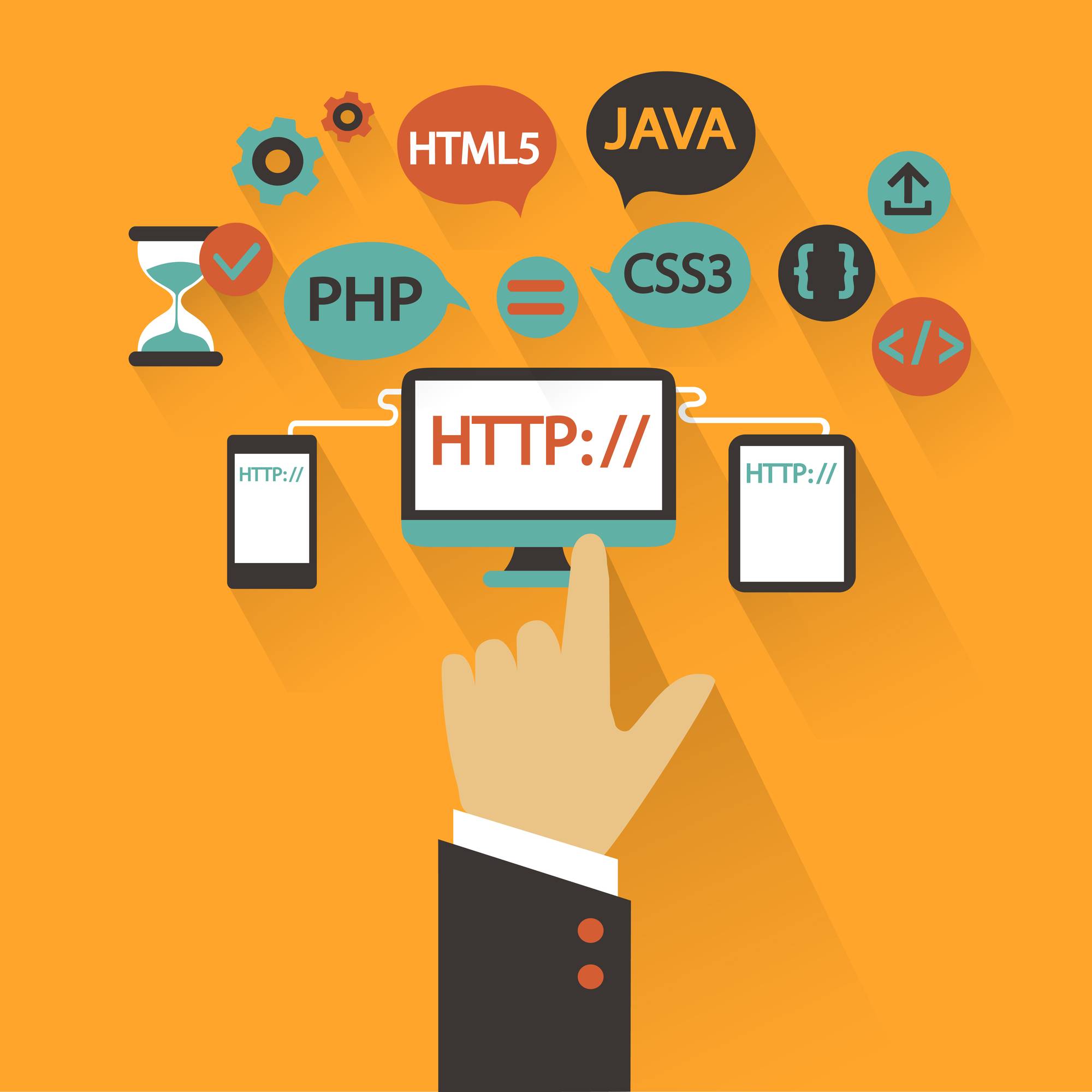The first step with any new web design project is for us to have one or more meetings with the client in order to get a good understanding of the project brief. At this stage we endeavour to discuss the clients business, their goals and objectives both commercially and for the website or software we're creating, and also learn about the personality and brand identity of the business. This allows us to create an end product that is in line with the clients hopes and expectations, instead of pushing a ready made solution on them.
Once we have a good understanding of what is involved with the project, and depending upon the complexity of the project, we will then plan out the system using lists, flowcharts, spreadsheets, or whatever fits best with the data and what the situation calls for. If it's a more complex system such as a bespoke CRM system, or a sophisticated booking system for example, then this step is absolutely vital, and ensures that the data and processes of the system are correct from the outset.
Once the planning is complete, and we have a clear structure and map of the system, we then move on to the visual aspect. We start with a blank white pages, and use a design program to mock up the system or website as realistically as possible. This usually involves at least a homepage, and secondary page design, and for larger sites, many other pages too.
Once the designs are completed, they are then made available to the client, and we would then implement any feedback or changes that come in response until the design is perfect.
Once the designs are signed off, we then proceed to the build stage, or development as it's known in the industry. This involves again starting with an empty text file, and writing code in a variety of languages to build the finished web based software, either in the form of a website or a private software system.
The languages we use include:
Most modern websites have a database sitting behind them, and this is where the page content, blog articles, team members and testimonials, to name but a few, are stored. Part of our development process is to design and build a relational database that suitably stores all data necessary for the website to function according to the brief.
We also build mobile apps for iOS and Android, and this involves yet another set of languages and syntax.
Once the build is completed, a test link is made available to the customer so that they can try out the finished website. Again, there is the opportunity for feedback, and any required changes are made until the build is perfect. We also test internally, and have a list of pre-live checks that we run through before te website is launched. These checks include testing the website works correctly on all the latest web browsers, and also on mobile and tablet to ensure a good user experience across the board.
Finally, when all parties are happy that the website is ready, it is launched and put live. In order for this to happen, the customer will need both web hosting, and a domain name.
